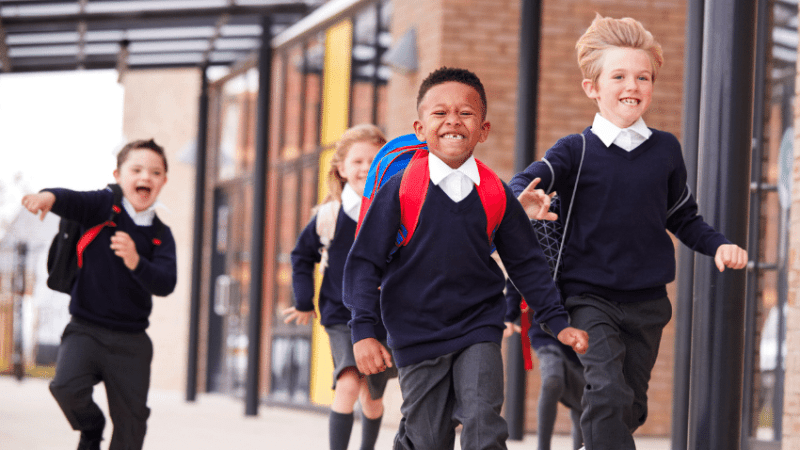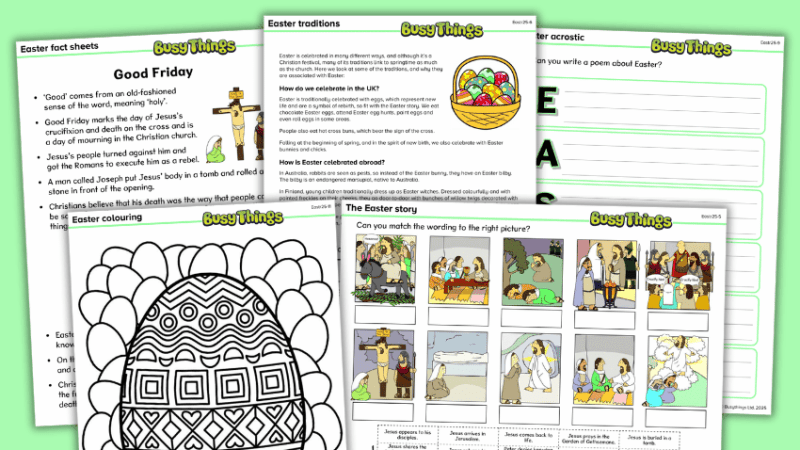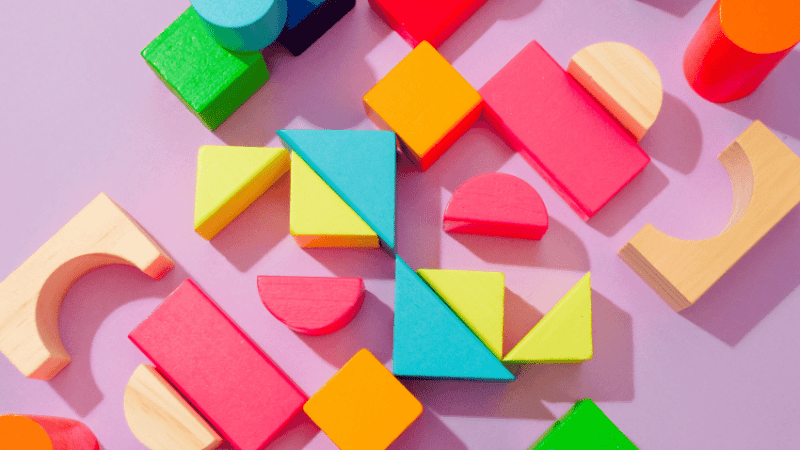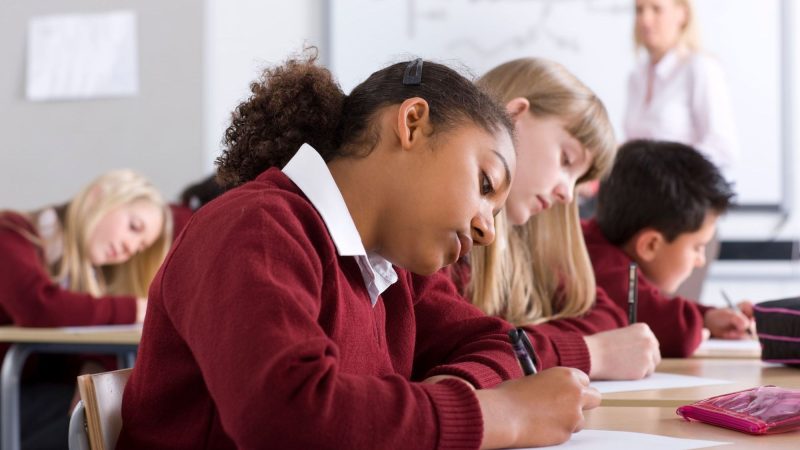Maths in early years – “What children learn is important, but HOW they learn is even more crucial”
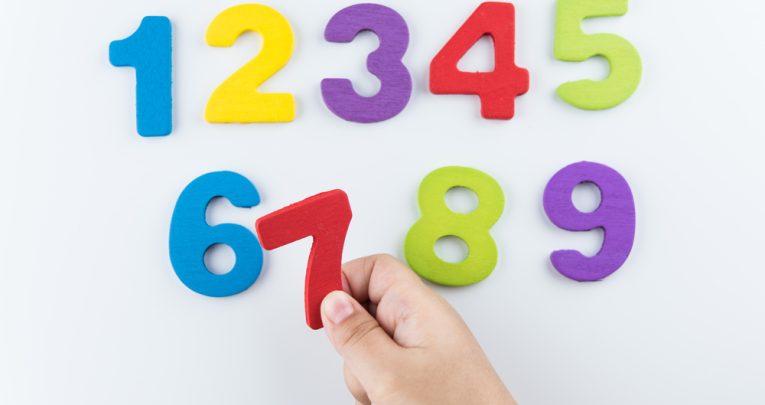
Don’t take the sedentary approach to mathematical learning in Reception – it pays to be practical, says Judith Dancer…
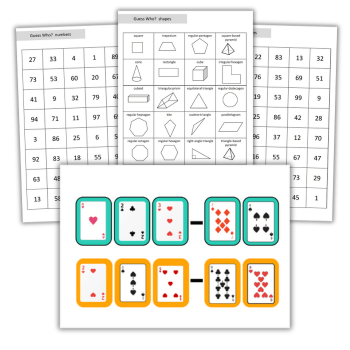
I am a very lucky person, having had the privilege for over 25 years to visit many children and their teachers in schools.
As an early years maths specialist, I have seen many changes in both the content and the teaching strategies used during the Reception year.
Schools vary enormously, but I am becoming increasingly aware of a decrease in high-quality outdoor play, and an increase in sitting down indoors and passive ‘maths’ involving books, cards and pictures and an emphasis on written numerals.
Here, I want to stress the importance of practical maths experiences throughout the Reception year. If you already provide lots of ‘hands-on’ maths, then you will be reassured and may pick up some new ideas.
If you are working in a less practical learning environment, this article may prompt you to rethink how your school is meeting the needs of young maths learners.
Learning through ‘doing’
The primary aim of early years practitioners should be to nurture all children as confident, capable mathematicians for the future. Of course, what children learn is important – but how they learn is even more crucial.
Young children, throughout the EYFS and beyond, learn through investigating, exploring, talking, problem-solving and, quite simply ‘doing’ things.
In the Reception year, children need adults who create a continuous learning environment that supports their growing mathematical understanding, and also provide experiences which focus specifically on aspects of maths learning. The ‘early learning goals’ (ELGs) for mathematics within the EYFS framework [p11] are not always as transparent as they could be, but the guidance on numbers is quite clear when it states ‘Using objects, they add and subtract’.
There is no reference to written calculations, although many children will, of course, develop their own mathematical mark making to support their mathematical thinking. Children need to be able to calculate in practical and meaningful situations.
Using number rhymes
Another emphasis in the ELGs is that children will ‘use everyday language to talk about size, weight, capacity, position.’ Adults need to be very clear about the mathematical vocabulary children need to hear and use, model its use on a daily basis and provide practical experiences that promote mathematical talk.
Trending
On entry to the Reception year, children will have had very different experiences. Some will be very confident with a wide range of number rhymes that will support their early number sense, while others may have no knowledge of number rhymes.
At the beginning of the year, focus on a set of core number rhymes every day. Focus on one rhyme each week, so that children become confident.
Make collections to support the number rhymes and use them as planned activities – baking real currant buns, splashing speckled frogs in the water tray, fitting 10 soft toys into a cardboard box bed, knocking down 10 green bottle skittles…
Authentic resources
Children need access to authentic, maths in real life resources that they can use to explore their growing mathematical understanding. These could include the following items:
- Measuring tapes
- Real coins with wallets, purses and money boxes
- Kitchen balances and scales and bathroom scales (digital and/or mechanical)
- Sand timers, kitchen timers and stopwatches
- Clocks and watches (both digital and analogue)
- Measuring jugs, spoons and other types of kitchen equipment
- Spirit levels and plumb lines
- Address books, calendars, diaries, recipe books and phones
- Tinned foods, empty food cartons and real vegetables (to help children explore the concepts of ‘heavy’ and ‘light’)
Children are far more likely to use these real-life resources for real purposes; as such, they will enable the children to apply their own knowledge and utilise their own home experiences as part of their learning.
Group times are a great opportunity to model the use of a giant number square and order numerals on a washing line – but many children, particularly at the beginning of the Reception year, need visual clues to the meaning of number symbols.
Consider making a number line with the children, using the correct number of photographs of the children on each card. Make a number line to 10 or 20, and display a laminated version outdoors.
Try to include irregular arrangements as part of the display, as well as dice formats to support substituting skills and avoid an over-reliance on the strategy of always ‘lining things up’ in order to count.






